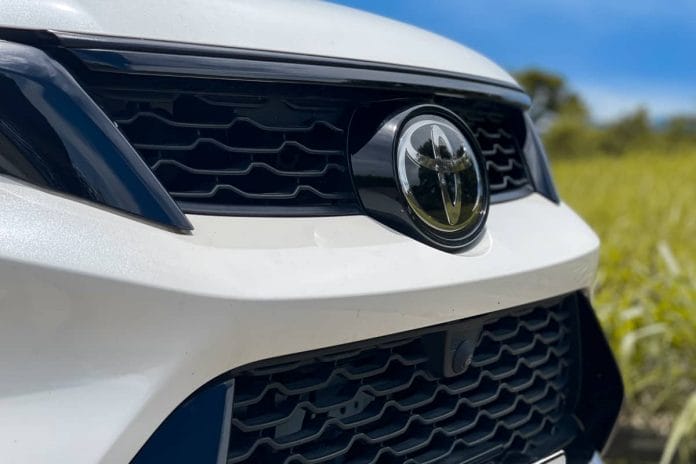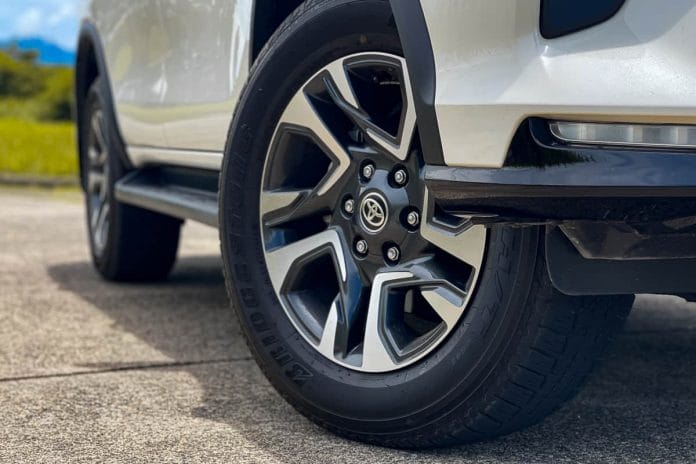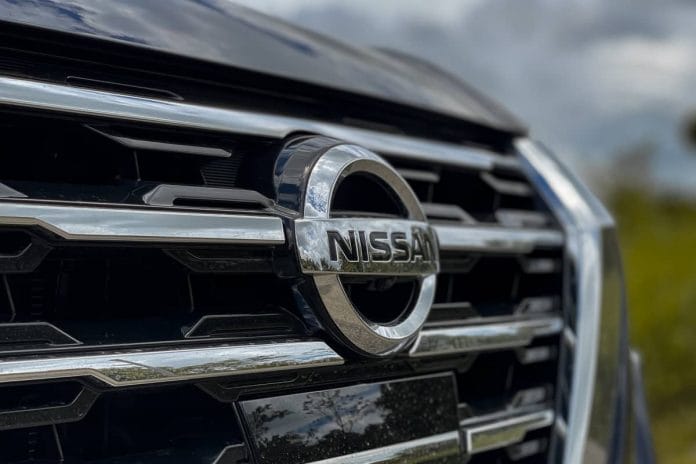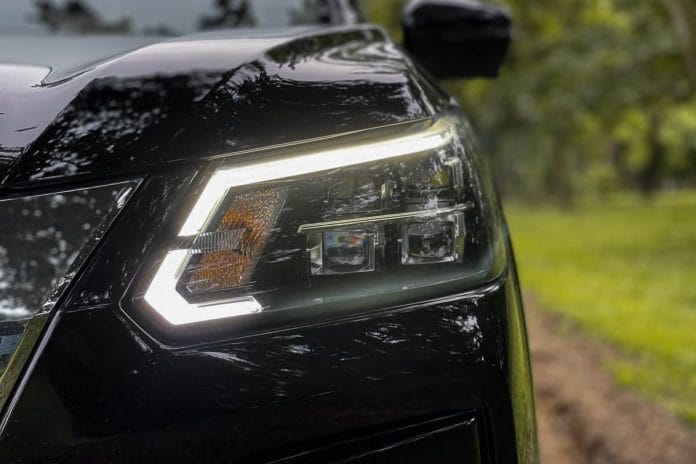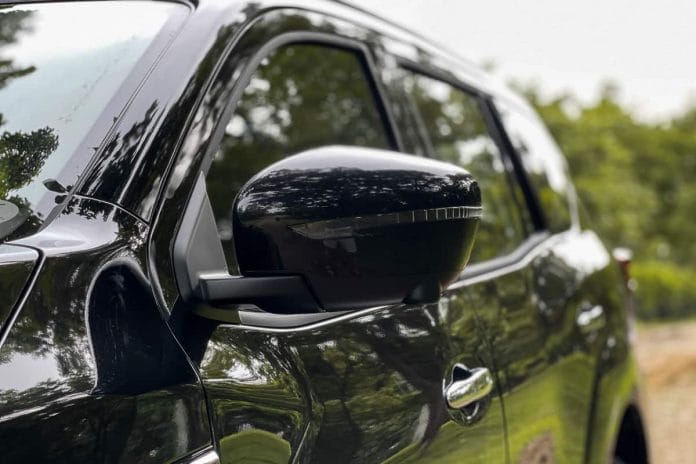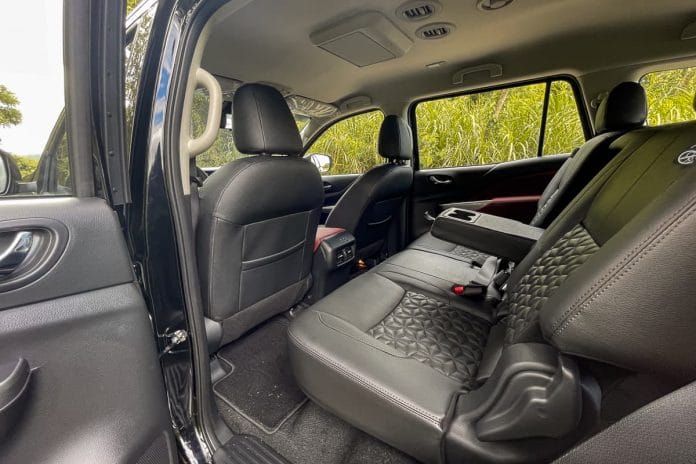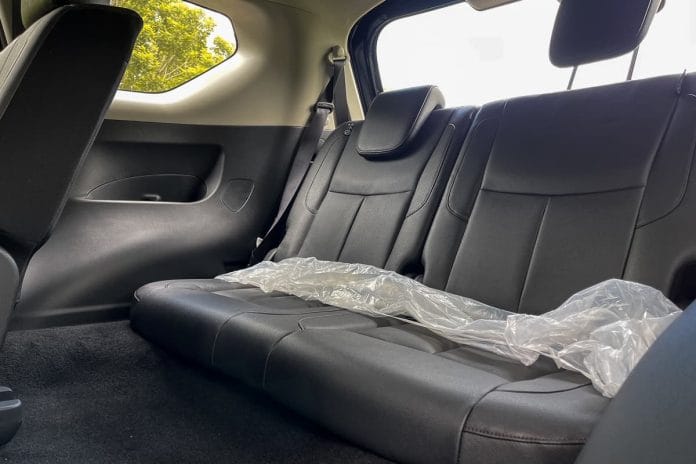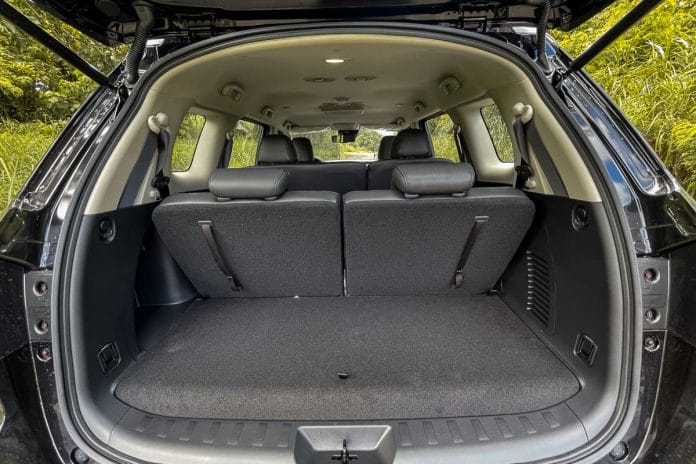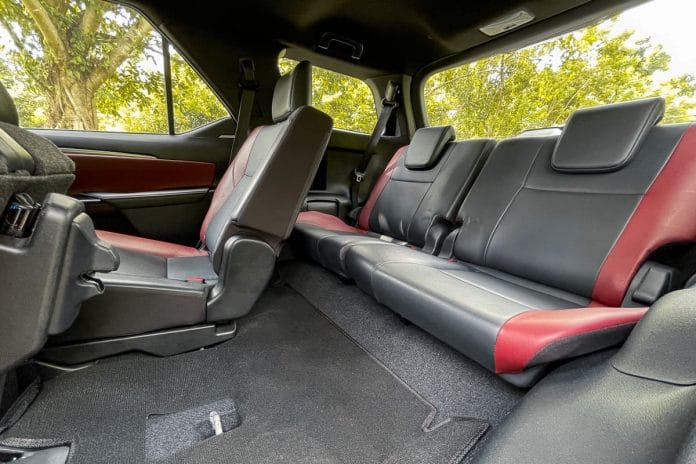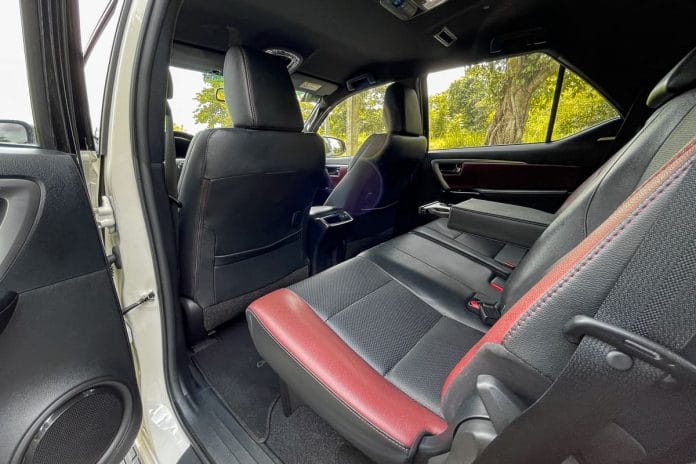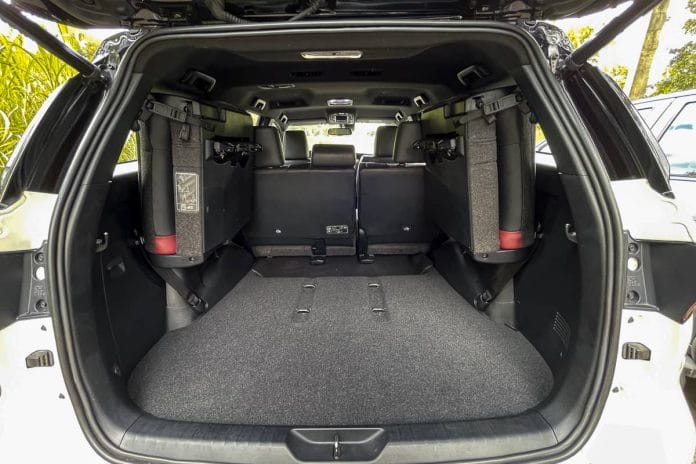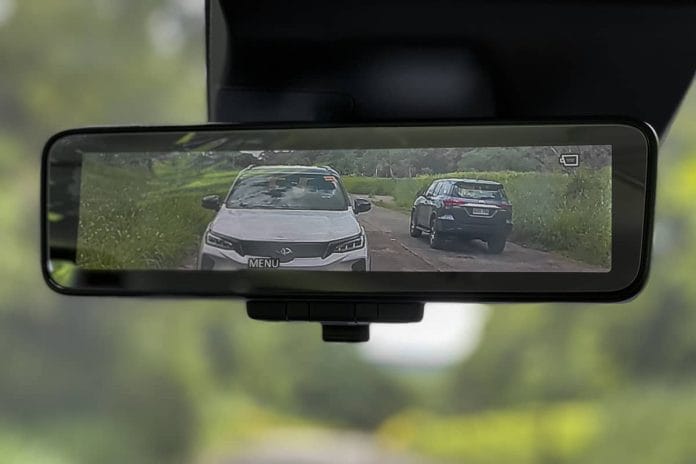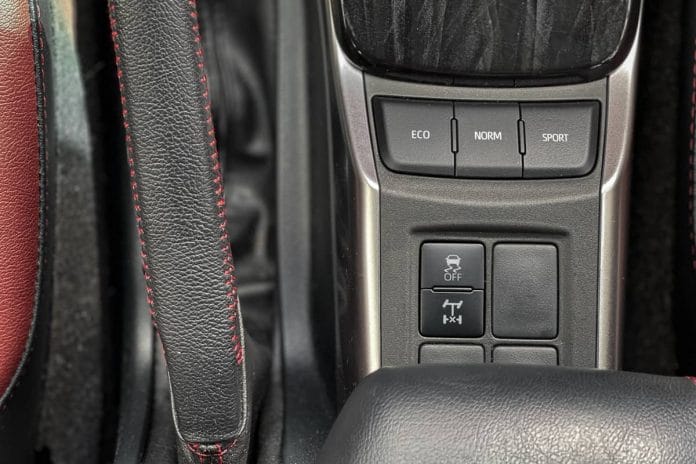It wasn’t too long ago when Nissan Philippines invited us media people to the regional launch of the all-new, Navara-based Terra. It was in 2018 – wait, was it that long already? Guess I just found another reason to hate this ongoing pandemic.
Anyway, what seems to be a lifetime later, here I am with the refreshed version of the Nissan Terra, in the top-dog VL 4×4 AT trim, lodged in my garage as I write this full review. Launched in the Middle East as the X-Terra but retaining its current nameplate locally (without sounding like a superhero), the 2022 Terra addresses all the pain points that the firstborn carried. This is the main focus of this full review.
To make things more interesting, and since I coincidentally have the Fortuner LTD in my possession, a bit of direct comparison is in order – a battle of midsize SUV facelifts in top-spec flavors.
Exterior
As expected from a mid-cycle model, the 2022 Terra gets a multitude of updates on its front and rear fascia. But the changes aren’t limited to typical nips and tucks – they’re readily visible and give the midsize SUV a prominent new look. I personally like the revised squared-off bumper, which, in combination with the bigger V-Motion grille adorned horizontal slats, gives the Terra a Nissan Patrol-esque appeal: macho and imposing with a tad touch of class.

Another deviation would be the quad-beam LEDs that are also found on the facelifted Navara, while the fish hook LED DRLs get a sharp redesign to complement the boxy aura. The 18-inch alloys also get a new design with fewer spokes though retaining the turbine blade form. As for the rear, I can’t help but notice its similarity with the Fortuner’s taillights, albeit the Terra’s are bigger in size.
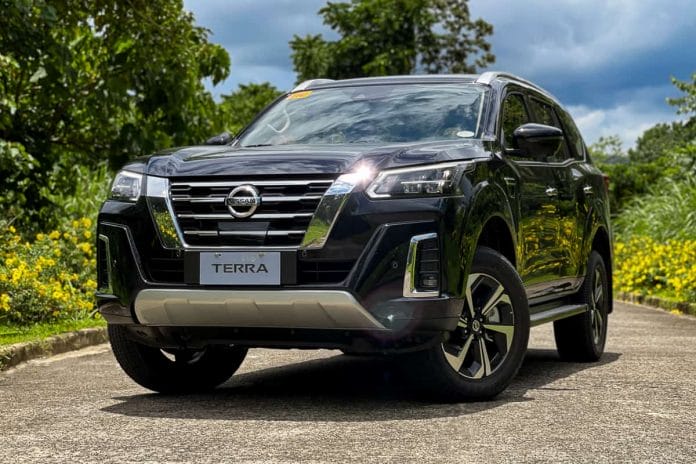
In overall comparison in terms of looks, I like the Fortuner LTD better because of the blacked-out accents that give it a sportier vibe, plus the presence of sequential LEDs evoke a premium touch.
But if you want your burly SUV to be classy and stylish, you can’t go wrong with the refreshed Terra.
Interior
The main point of refreshed models is to address the things that need an update in the initial model. With the Nissan Terra, the cabin got much of the critique before, suffering from the bulk of hard plastics used.
That’s a thing of the past with the 2022 Terra, at least in VL form. The V-Motion shape in the middle of the dashboard has been replaced with a revamped layout that’s adorned with burgundy red leather. The infotainment’s bigger, too, at 9 inches and currently has the best-looking display among midsize SUVs today – yes, Fortuner LTD included.
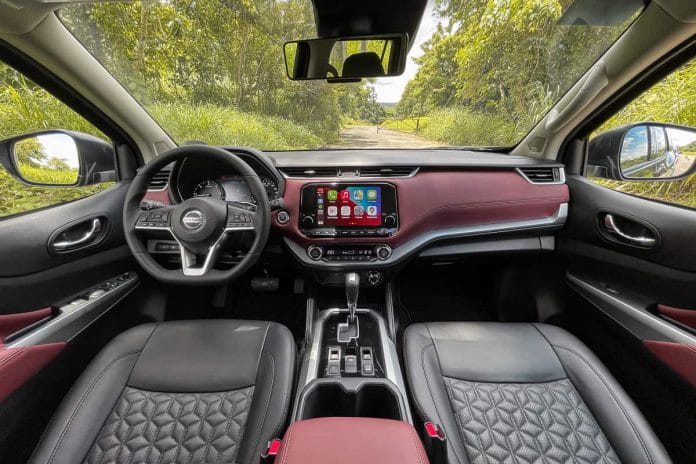
Similar to the refreshed Navara from earlier this year, the Terra also gets the intricately designed seats (power-adjustable for the driver) that are adorned with red leather as well. The tilt-only steering wheel adopts the shape and design of the Navara. Of note, creature space is the same as before, including the dreaded third-row seats.
In comparison, the Fortuner LTD also comes with red trimmings, though the cabin updates in the Terra are more coherent and made the entire dashboard clutter-free. Amenities are similar between the two, though the Fortuner has the upper hand with its great-looking black headliner and the presence of a logical A-pillar mounted grab handle for the driver.

However, the Terra has the advantage of a flat, airy cargo area when the third row isn’t in use, unlike the Fortuner that still uses the side-folding seats.
Tech & Safety
As top-spec trims, these two midsize SUVs are tightly contesting to be the best, though one has the biggest advantage that goes with its price.
The 2022 Nissan Terra carries a firstborn stalwart, which was the 360-degree around-view monitor, along with the live-view monitor that displays on the rear-view mirror. The latter’s resolution isn’t that good, though, but at least the Terra’s AVM is among the best I’ve tested ever. Apart from the crispy display, the Terra’s infotainment also comes with the nifty wireless Apple CarPlay. More importantly, it comes with wireless charging capabilities, totally removing the use of cables if you’re an iPhone user.
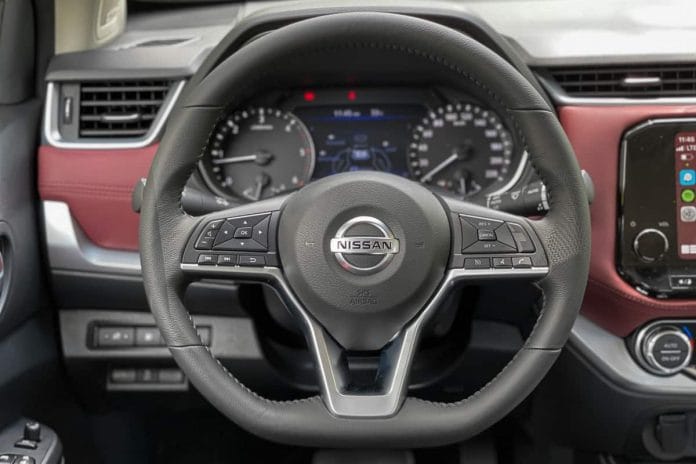

There’s also the fact that this Nissan SUV still comes with the simple yet practical second-row tumble buttons for easy third-row ingress and egress, along with rain-sensing wipers. Safety-wise, apart from the AVM and front/rear parking sensors, the Terra fills out the spec sheet with six airbags, stability control, traction control, ISOFIX child seat tethers, lane departure warning, forward collision warning, blind-spot detection, tire pressure monitors, hill start assist, and hill descent control.
In contrast, the Fortuner LTD has all the Terra features except for rain-sensing wipers and wireless Apple CarPlay. But what gives the Fortuner the biggest advantage is its Toyota Safety Sense suite of safety features that include adaptive cruise control (versus regular cruise in the Terra) and a pre-collision system. These additional safety toys make the Fortuner LTD safer than the Terra, though they also warrant an additional premium on the price tag of the Fortuner.
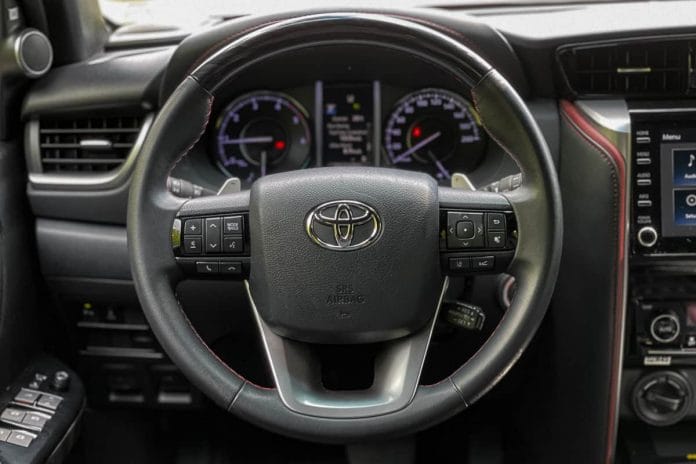
But then again, the Terra doesn’t come with a power tailgate even with the top-spec VL trim, unlike the Fortuner LTD. At this day and age, and with a car thats as this high and tall, it’s a bit disappointing.
Driving & Handling
As with all diesel midsize SUVs, heaving is commonplace when driving the Terra. It adopts the refreshed Navara’s turbocharged 2.5-liter YD25DDTi engine that makes 187hp and 450Nm of torque – conservative figures compared to segment heavyweights like the Everest and the Fortuner LTD, both crossing the 200hp and 500Nm mark.

However, after intensive testing, the Terra wasn’t exactly needing that extra grunt with every step on the accelerator. Sure, low-end torque wasn’t as abrupt and overwhelming as the more powerful rivals, but it worked as expected. The four disc brakes need some adjustment, though, as a good bite needed a heavier foot on the pedal.
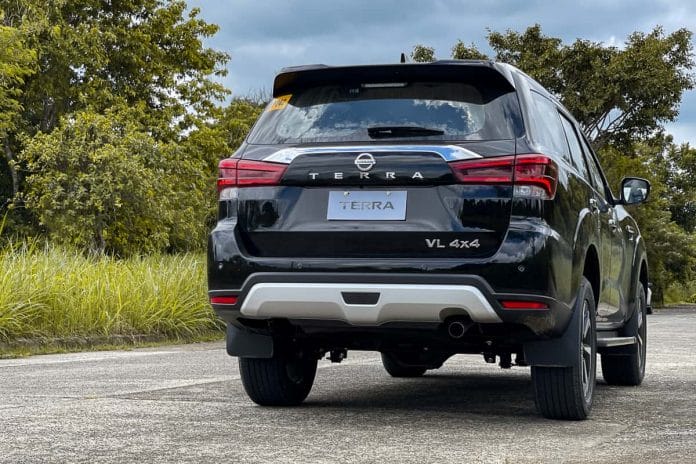
What sets the Terra apart from its competitors was its esteemed ride comfort. It didn’t dip and dive easily, while tight curves did employ understandable body roll but at least the heavy SUV didn’t wallow, edging out the competition in terms of ride quality. Steering, on the other hand, was relatively light but still provided notably great road feedback. And yes, the Terra’s NVH insulation wasn’t perfect, but it was enough to completely mute the diesel mill while idling.
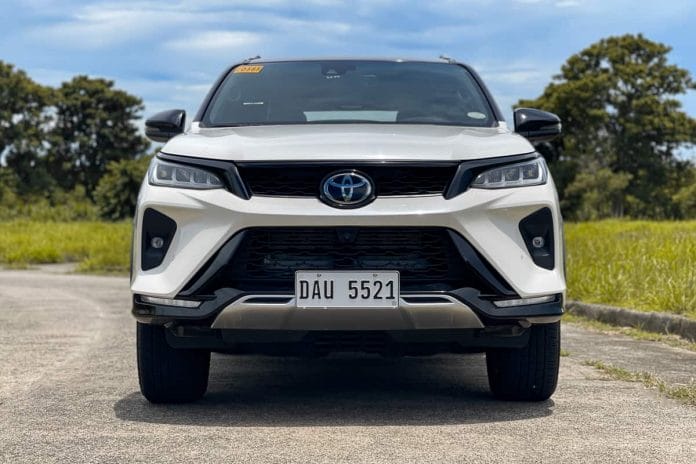
As for the Fortuner, the Toyota got a bit of refinement when compared to its predecessor. But in comparison with the new Terra, it needed a lot of improvement, especially in ride quality. Good thing, the Fortuner was more powerful and felt that way, too, so if you want full-on oomph and grunt on demand, the Toyota would be your best choice.
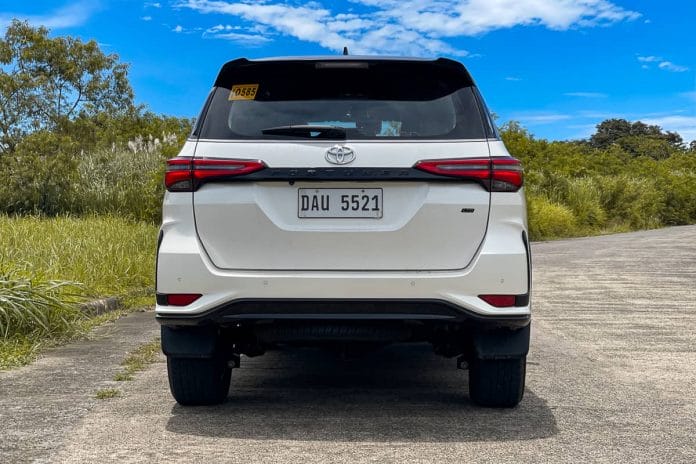
Of note, I didn’t test both SUV’s off-roading chops. But considering previous experiences with both on overlanding excursions, they were highly capable and have the bases for an off-roading companion. Without any substantial mechanical updates, we reckon it would be the same this time around.
Fuel Efficiency
Despite the smaller engine, the Terra returned not-so-impressive numbers in fuel efficiency during my tests. Within the city, the Nissan SUV returned 8-11 km/L with the variation depending on the traffic. On highway drives with the cruise control pinned at 90 km/h, I got 15 km/L.
With the Fortuner LTD, I got around 8-10 km/L in similar city testing. However, highway sprints at 90 km/h yielded 17 km/L, which was a tad better than what the Terra registered.
Verdict
It’s a tough call to choose between these two midsize SUVs, especially considering that I am not a huge fan of this segment at all.
While I love the Terra’s newfound Patrol-ish looks, the sportier-looking Fortuner LTD gets my vote in terms of exterior styling and that’s mainly because I’ve never been a fan of chrome. It’s a different story in the cabin, which the Terra wins with the refinements added in the refreshed version. In terms of tech and safety, the Fortuner takes the cake, albeit marginally, just because it has the upper hand with the Toyota Safety Sense.
Performance-wise, the Fortuner’s brute on-road driving manners have their own market, but I choose the Terra for its overall refinement without compromising power.
Now, the price. The Fortuner LTD 4×4 AT that I tested sells for P2,414,000, while the Terra VL 4×4 AT has a sticker price of P2,339,000. It’s a considerable gap, in favor of the Nissan, but you have to remember that choosing Toyota would mean a more convenient (and safer) long drive because of the Toyota Safety Sense. On Nissan’s end, that money already comes with a 5-year warranty or 150,000 km (whichever comes first) that also covers electrical and mechanical parts.
At the end of the day, the decision is yours, with my verdict here serving as a guide in case you’re cross-shopping between the two. As always, a test drive will aid your decision, so make sure to test both vehicles first before signing on that dotted line.


